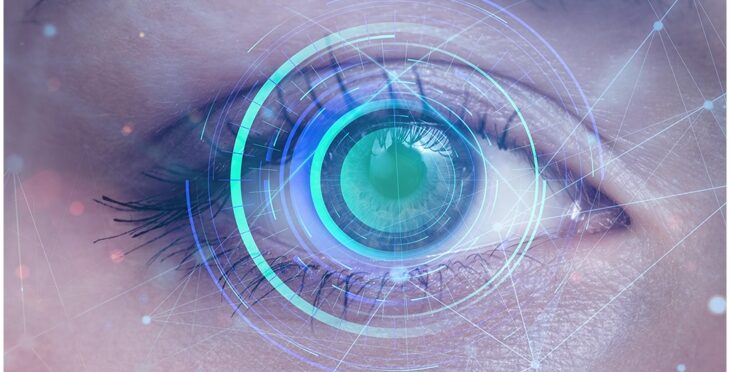The Role of Advanced Diagnostic Devices in Identifying Eye Disorders
In the world of ophthalmology, the utilization of sophisticated analysis tools has changed the very early recognition and management of various eye problems. As the need for precise and prompt medical diagnoses continues to grow, the assimilation of advanced tools like optical comprehensibility tomography and aesthetic area screening has actually become important in the world of eye treatment.
Value of Very Early Diagnosis
Very early diagnosis plays a pivotal function in the effective monitoring and treatment of eye disorders. By detecting eye conditions at an early phase, healthcare service providers can use suitable therapy plans customized to the particular problem, eventually leading to far better results for people.

Modern Technology for Finding Glaucoma
Advanced analysis innovations play an essential duty in the early detection and surveillance of glaucoma, a leading source of irreparable blindness worldwide. One such modern technology is optical coherence tomography (OCT), which gives comprehensive cross-sectional photos of the retina, enabling the dimension of retinal nerve fiber layer thickness. This measurement is essential in examining damages brought on by glaucoma. An additional advanced device is aesthetic field testing, which maps the level of sensitivity of a patient's visual area, aiding to discover any kind of areas of vision loss attribute of glaucoma. In addition, tonometry is used to determine intraocular stress, a major danger aspect for glaucoma. This examination is essential as elevated intraocular stress can lead to optic nerve damage. Additionally, more recent modern technologies like using expert system algorithms in examining imaging information are revealing encouraging cause the early detection of glaucoma. These advanced diagnostic tools enable ophthalmologists to diagnose glaucoma in its early stages, enabling prompt treatment and far better monitoring of the condition to avoid vision loss.
Duty of Optical Coherence Tomography

OCT's capability to evaluate retinal nerve fiber layer density allows for accurate and unbiased dimensions, assisting in the early detection of glaucoma even before aesthetic area important source issues come to be apparent. In general, OCT plays a vital duty in boosting the diagnostic accuracy and management of glaucoma, ultimately contributing to much better results for individuals at danger of vision loss.
Enhancing Medical Diagnosis With Visual Area Testing
A necessary component in comprehensive sensory examinations, aesthetic area screening plays a critical duty in boosting the analysis procedure for various eye disorders. By examining the complete degree of an individual's aesthetic field, this test provides essential info about the functional integrity of the whole aesthetic pathway, from the retina to the visual cortex.
Aesthetic area screening is especially important in the diagnosis and management of problems such as glaucoma, optic nerve problems, and different neurological diseases that can affect vision. Via measurable measurements of peripheral and central vision, clinicians can detect refined modifications that may indicate the visibility or development of these disorders, also prior to visible symptoms take place.
Moreover, visual field screening enables the tracking of therapy effectiveness, helping eye doctors tailor healing interventions to individual clients. eyecare near me. By tracking changes in aesthetic field efficiency in time, health care suppliers can make informed choices about readjusting medications, advising surgical treatments, or implementing various other suitable actions to protect or useful reference boost an individual's aesthetic feature
Taking Care Of Macular Deterioration

Final Thought
To conclude, progressed analysis devices play an essential function in recognizing eye problems early on. Technologies such as Optical Coherence Tomography and visual field screening have actually greatly enhanced the accuracy and effectiveness of identifying conditions like glaucoma and macular degeneration. Early detection enables timely intervention and monitoring of these problems, inevitably bring about far better end results for individuals. It is crucial for health care experts to stay updated on these developments to offer the best possible look after their people. eyecare near me.